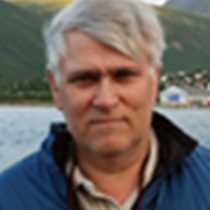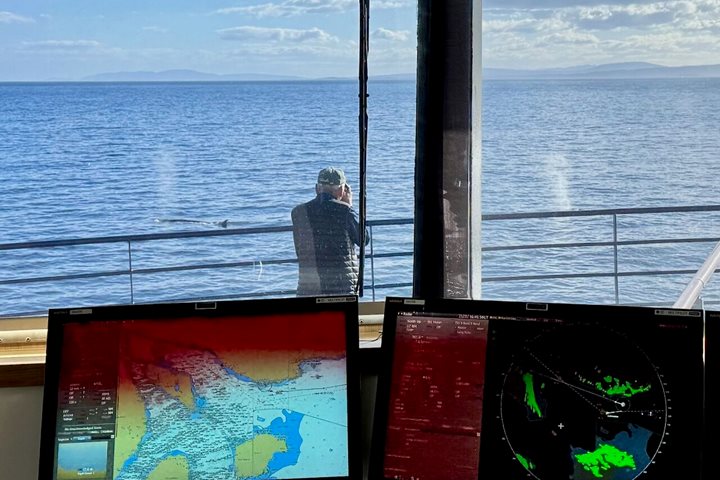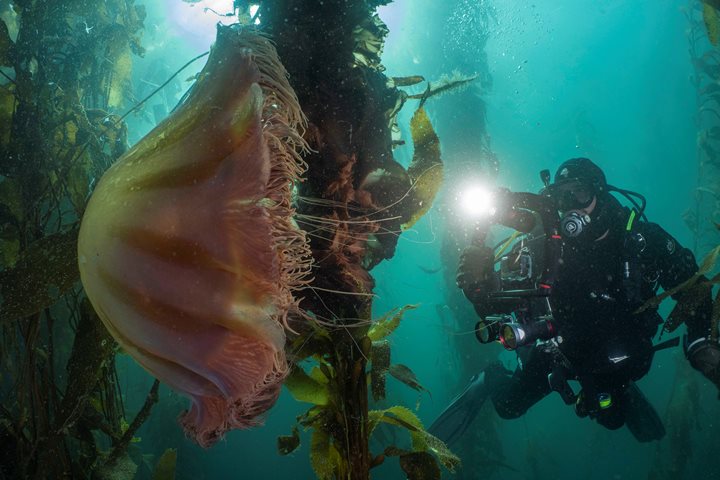Over the night the ship was at anchor in Fortuna Bay, to be able to get the keen hikers ashore in the early morning. Soon 24 hikers were at the beach about to repeat the last leg of that is named ‘the Shackleton hike’, made by Sir Ernest Shackleton, Frank Worsley and Tom Crean after they had arrived to King Håkan Bay. The hike they performed, crossing island, was regarded by the whalers here at the time as impossible.
As their little boat James B. Caird finally made its 700 n.m. rough and horrible ride from Elephant Island landed at South Georgia it was on the cold, exposed and wild side of the island. Shackleton knew it would be impossible to sail the Caird to any whaling station and soon decided to make a hike over the island. In 36 hours they hiked from Peggotty Cove to the whaling station Strømnes. As they arrived to the lee side of the island they first descended into Fortuna Bay and to reach the whaling station Strømnes they had to re-climb into the hills. Now it was time for us to make this very last leg between these two major bays.
During the time the hikers made their brave adventure to Strømnes, the ship made a reposition to the old whaling station. Here we were able to hike up through Shackleton Valley to the famous waterfall, the three men slide down in May 1916.
Plenty of fur seals and a few elephant seals were closer to the beach to enjoy for those not into a hike but just wanted to stroll. It is hard not to be affected by these adorable, cute and curious fur seal pups.
Strømnes Bay housed three major whaling stations, all established before 1914, with Leith Harbor the largest and managed by Scottish company Salvesen, based in Edinburgh, but the crew was mainly Norwegians. Leith, together with Grytviken, were the last shore station to close here at South Georgia in the early 1960s, as the whales were hunted out and the oil to produce margarine had been replaced by palm oil.
During lunch the ship made a reposition into West Cumberland Bay, to Maiviken and named so because the Swedish Antarctic Expedition did land here on May 1, 1902, to establish a camp. The geologist J.G. Andersson and the cartographer S. Duse followed the topography uphill and finally ended up in a very sheltered bay, they named Grytviken (Pot Cove). As the ship Antarctic returned from their exploration along the coast of South Georgia, May 13, Captain Larsen took the ship into this bay, and here they stayed for more than a month to explore the area. Plenty of Swedish names are still to be found on the maps (Nordenskjöld Glacier, Mt. Duse, Hamberg Glacier…).
Our weather had now changed and wind had picked up with snow drift. Still 14 brave and energetic souls decided to follow the footsteps of the two Swedes and do the Maiviken-trail to Grytviken.
As Captain Larsen finally, after his ice drama in the Weddell Sea, arrived back to Buenos Aires in late 1903 he was able to find several investors in Argentina and already by November 1904 he returned to Grytviken to establish the first whaling station in Antarctica, under Compañnia de Pesca Argentina. Here at Grytviken alone more than 54,000 whales were flensed and at all South Georgia whaling stations a total of 175,000 whales were brought ashore.
We spent the late afternoon at Grytviken to explore the old whaling station and were able to walk through the remains of this station, visit the museum, see the church built in 1913, and of course end our ‘Shackleton story’ by visiting the grave of the ‘Boss’ and salute him with Irish whisky. Well, Shackleton was born in Ireland so what else can it be? Beside him lays the ash of his follower and 2nd in command Frank Wild who outlived Sir Ernest Shackleton by 17 years.
Recap this evening was totally made by formal British representatives from the British government and researchers from BAS (British Antarctic Survey), all based at King Edward Point. We also received a very informative description regarding the largest rat eradication program ever made in the world. With the spending of several millions of £ we can only hope this will be a success, and at least the rapid increase of two endemic birds, South Georgia pintail and the pipit are good hints of success. Over the upcoming years a very prolonged investigation will be made all over the island to search for any tracks of rats.
The recap was followed by our traditional and always appreciated Philippine dinner and continued later in the lounge by a performance made by the house band onboard, ‘National Geographic Explorer’s Spice Boys.’ Soon everybody was up on the floor dancing!







